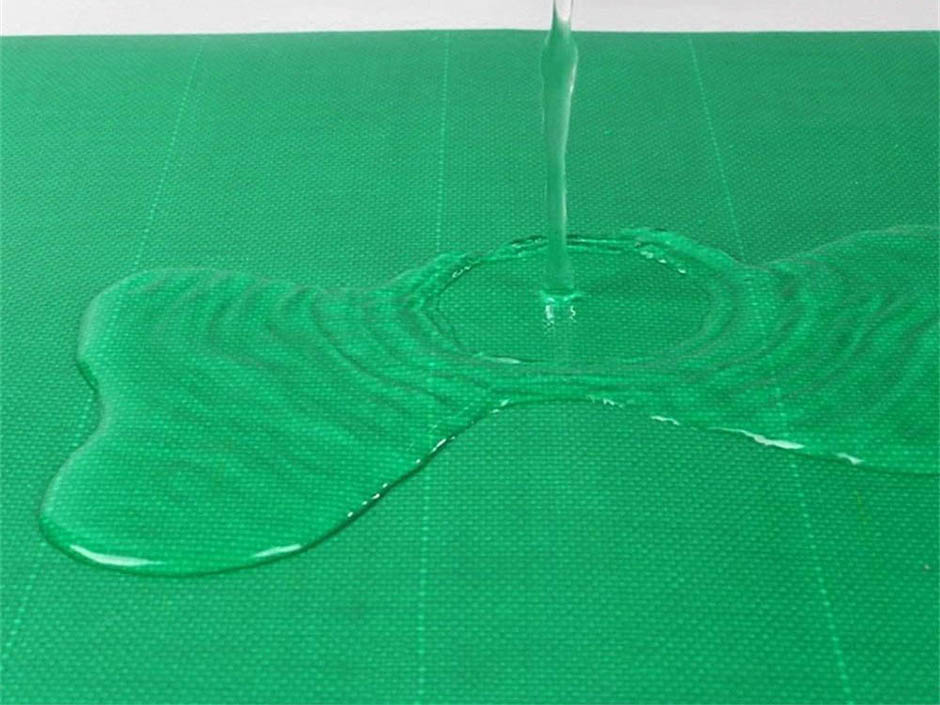
Are you always confused with the difference between water-resistant, water-repellent, and waterproof? If you have unclear recognition to distinguish them, you are not alone. So here comes this post to correct our common misconception between these three levels.
For business partners from various professional industries who will apply protection covers to their projects or machines, it is crucial to know their specific meanings and not be synonyms. For instance, if you want to cover the raw material or somewhere, which must be protected temporarily on construction sites when meeting extreme weather.
Which one will you choose, water-resistant canvas tarp or waterproof vinyl tarp?
To help you out, I've put together the following explanations to assist you in making the right procurement decision.
Water-Resistant < Water-Repellent < Waterproof
Before clarifying in detail, I prepare simple dictionary interpretations as your reference.
● Water-resistant: designed to resist but not entirely prevent the penetration of water.
● Water-repellent: having a finished surface coating that resists but is not impervious to water.
● Waterproof: Do not let water pass through it. Impervious to water.
Water-Resistant is The Lowest Level
Many products, like patio furniture covers, polyester or cotton canvas tarps, bike covers, are labeled as "water-resistant", which are designed to protect investments from rain, snow, and dust. However, the fabric cannot withstand continuously strong hydraulic power and hydrofracturing.
The density is also a factor, strengthening the resistance to water leakage through the small holes between yarns. In other words, water-resistance performance depends on how tightly the fabrics are woven or knitted, such as Polyester, Nylon, and Oxford Cloth.
According to the lab technical hydraulic test, any fabric should withstand approximately water pressure of 1500-2000mm to approve as "water-resistant".
Water-Repellent Is The Medium Level
The definition of water-repellent is a bit different from the previous one.
It means: Durable water repellents are commonly used in conjunction with treatments to prevent the outer layer of fabric from becoming saturated with water. This saturation, called ' wetting out,' can reduce the garment's breathability and let water through.
Rainfly tarps or tents made of high-density Oxford Cloth with PU coating on both sides can withstand 3000-5000mm water pressure to provide a dry shelter when steady rain and snowfall.
Waterproof: The Highest Level
In fact, there is no clear established test to identify "waterproof".
Waterproof has been discouraged for many years but remains by the trade and the consumer. In scientific terms, the word “proof” is an absolute term meaning that water definitely cannot get through no matter what. Here is a question: What’s the narrow border of water pressure?
If the volume and pressure of water were
close to infinite, the fabric would eventually break off, so in recent editions of the Textile Terms and Definitions, the fabric should not be called "waterproof" unless the hydrostatic head pressure is equal to the hydraulic bursting pressure of the fabric.
Overall, evaluating whether a fabric can withstand how much water pressure is more acceptable and consequential than arguing about "waterproof" or "water-repellent".
So officially, fabric that keeps water out is said to be Water Penetration Resistant (WPR).
1. Are treated with a DWR coating or laminate to ensure high-grade water repellency (10,000mm+).
2. Have layers that are designed to increase the amount of possible water resistance.
3. Have (heat-sealed) seams that help ensure better water-resistance functionality.
4. Utilize waterproof zippers that are more durable and withstand harsh conditions.
5. Cost more due to these innovative technical features.
Regarding previous terms, some materials like Vinyl Tarp, HDPE, cannot be regarded as ‘waterproof’ in a permanent condition. But in other states, these materials can block water on the surface and prevent the fabric from saturating for a very long time.
Recognize Differences Among Them
Remember that the difference between water-resistant and waterproof is enough for you to improve your products or update quotes from your current suppliers.
To withstand more water pressure means better treatments or coating to affect the unit price, quality control, reviews, and your profit. Before proceeding with a new product line like patio furniture covers, tarps, and other textile finished products,
Think twice with all-important techniques.
Post time: Feb-23-2022


